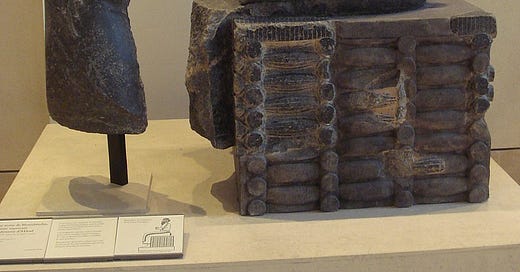Next came Manishtushu, who was himself also a son of Sargon, just like Rimush. This might imply a power struggle within the family, or simply Manishtushi stepped up after the untimely death of his brother, who he himself might have preferred. Not much is known about Akkad in this era, but they appear to stabilize significantly with less rebellions, and Manishtushi projecting power to foreign lands. After a boring reign of only about 15 years, Manishtushu was likely assassinated by members of his own court, being succeeded by his son Naram-Sin quite early in life enabling Naram-Sin’s supposed 56 year rule.1
That’s it for this section! This one should feel like a nice break compared to the others.
Goetze, Albrecht, "Historical Allusions in Old Babylonian Omen Texts", Journal of Cuneiform Studies, vol. 1, no. 3, pp. 253–65, 1947






Good short explanation